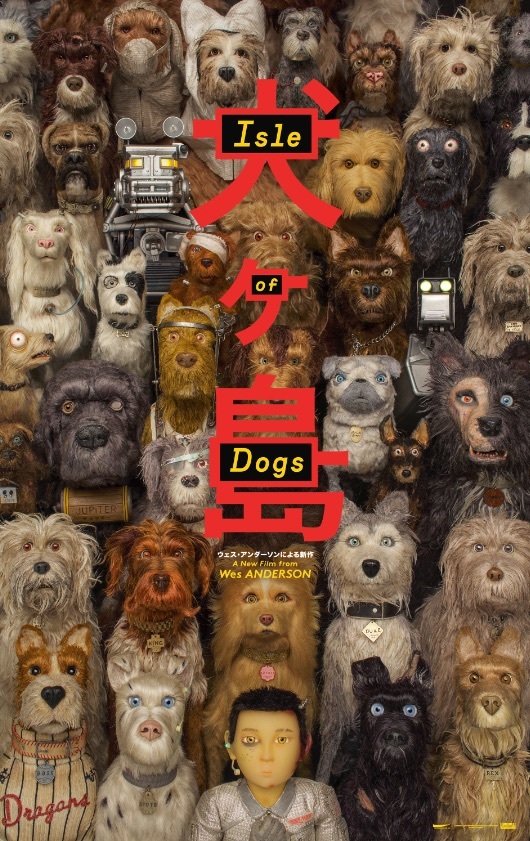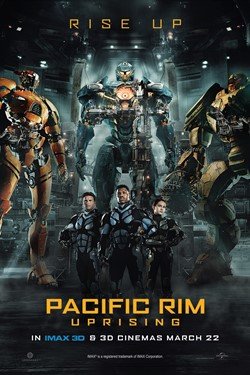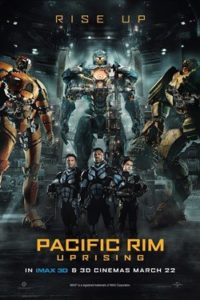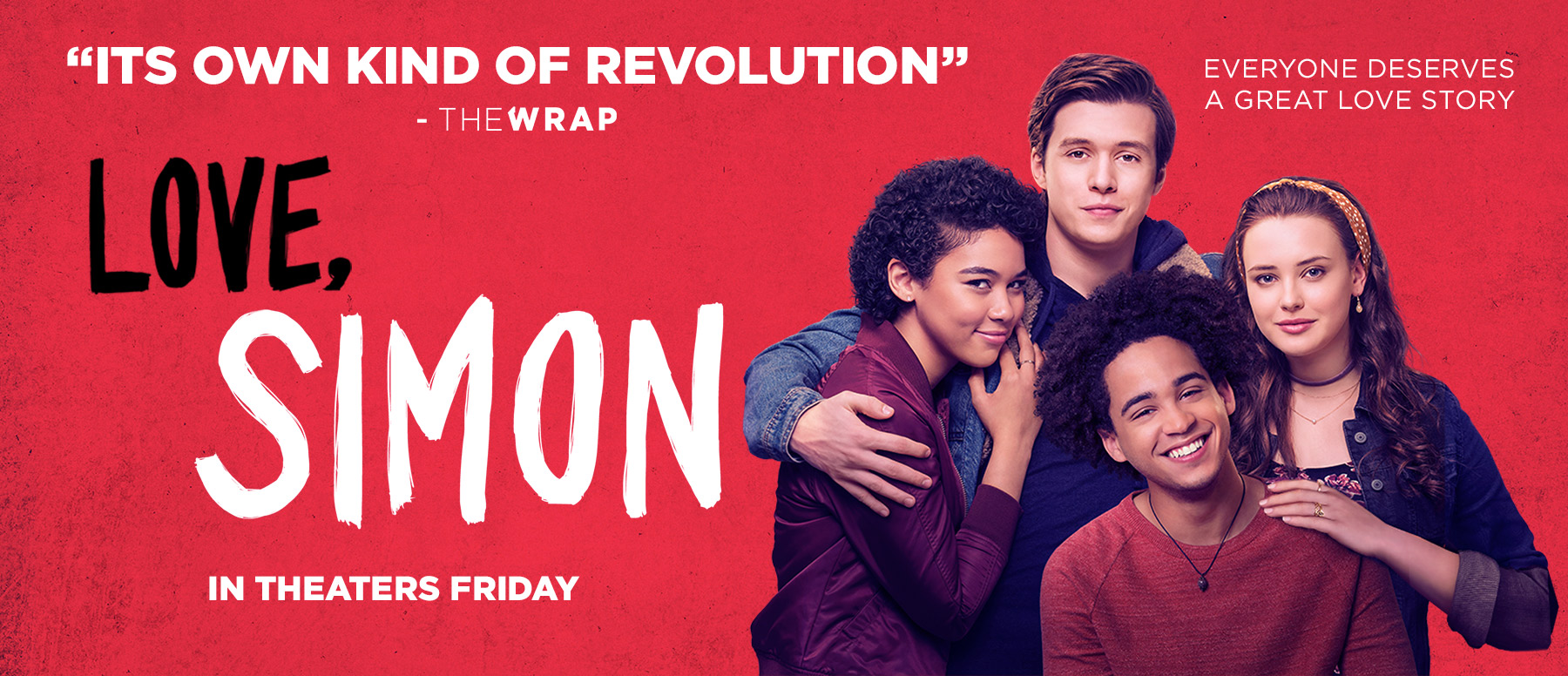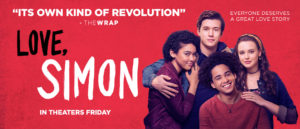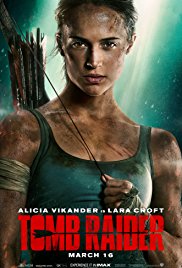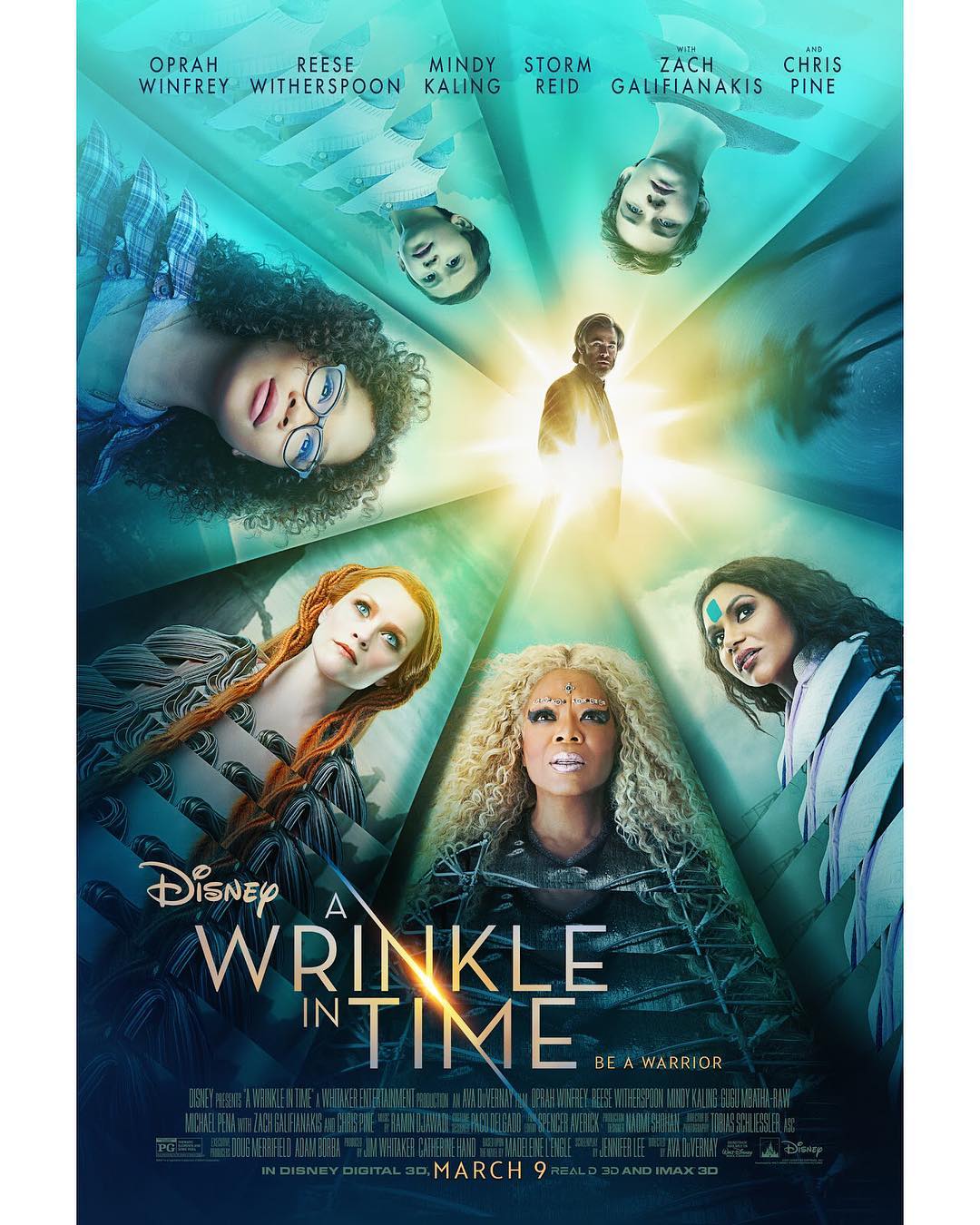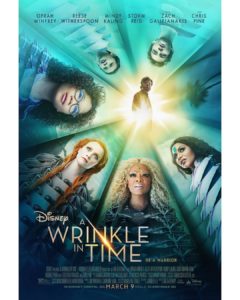Isle of Dogs
Posted on March 22, 2018 at 5:33 pm
B +| Lowest Recommended Age: | High School |
| MPAA Rating: | Rated PG-13 for thematic elements and some violent images |
| Profanity: | Some strong language |
| Alcohol/ Drugs: | None |
| Violence/ Scariness: | Dog and human peril and violence, murder, sad death of parents, child injured badly, medical procedures, starvation and disease, skeletons, some disturbing images |
| Diversity Issues: | Issue of white American as the only one who takes on the villain |
| Date Released to Theaters: | March 23, 2018 |
| Date Released to DVD: | July 16, 2018 |

Say the title out loud. “Isle of Dogs” = “I love dogs,” get it? Even a three-word title of a Wes Anderson movie is a bit of a puzzle box. Anderson is the Joseph Cornell of filmmakers, with every item on screen and even those tucked away and not seen by the audience, every note on the soundtrack, meticulously assembled. It makes sense that this film is set in a fictional version of Japan because his movies are cinematic Bento boxes. Anderson’s most ardent fans love the understated drama and endless unpacking of detail and think there is a deeper meaning in the weirdness. I am less persuaded that there is always a deeper meaning, but I enjoy the singular peculiarity of his storytelling.
Like my favorite Anderson movie, “Fantastic Mr. Fox,” “Isle of Dogs” is a story of talking animals told via stop-motion animation. This is a vastly more ambitious undertaking, based on an original story by Anderson with frequent collaborators Roman Coppola, Jason Schwartzman, and Kunichi Nomura, who appeared in Anderson’s “Grand Budapest Hotel” and also served as a casting director for this film and provided the voice for the movie’s bad guy.
Anderson’s intricate vision makes for exceptional world-building, and in this film he imagines a Japan 20 years from now, when political and environmental decay has progressed significantly but is seen as normal by the population. Mayor Kobayashi (Nomura) is the mayor of the (fictional) coastal metropolis called Megasaki City. He persuades the population that dogs are a pestilential force, bringing disease (“snout fever” and “dog flu”) to the city, and decrees that all dogs, even the beloved guard dog of his adopted son Atari (Koyu Rankin), must be deported to a nearby “island” made up of trash. The starving, diseased, homesick dogs have a bleak existence on the island. And then Atari arrives, in an airplane, in search of his beloved Spots. And a teenage American exchange student (Greta Gerwig) starts to investigate, with one of those old-school evidence walls covered with clues linked together by red yarn. Anderson’s worst and most tone-deaf choice here is to make the one white, American human character the only one with any integrity and ability to resolve the crimes against the dogs and community.
As in all Anderson films, the human characters deliver their lines in deadpan even while experiencing cataclysmic loss, urgent action, or ardent emotion. What some audiences experience as whimsical, charming, and witty, others see as cloying, twee, or claustrophobic. But he is a marvel at world-building and here, as in “Fantastic Mr. Fox,” where the entire film is essentially a set of dollhouses over which he has complete control, he is at his best. The settings in this film are an astonishing achievement of imagination and skill, from the tears welling up in the eyes of a dog to the intricacy of the machinery. If he ever devotes as much attention to the humanity of his characters as he does to the brilliance of his props, he will no longer be admired primarily for his singular aesthetic vision but for his characters and stories.
Parents should know that this film includes diseased and starving animals, children and adults in peril, murder, death of parents, child injured badly, dog fights with animals injured and killed, skeletons, some disturbing images including surgery, brief strong language, and references to dogs mating.
Family discussion: Why were the dogs banned? Why was it important for them to vote on big decisions?
If you like this, try: “Fantastic Mr. Fox” and “Kubo and the Two Strings”

